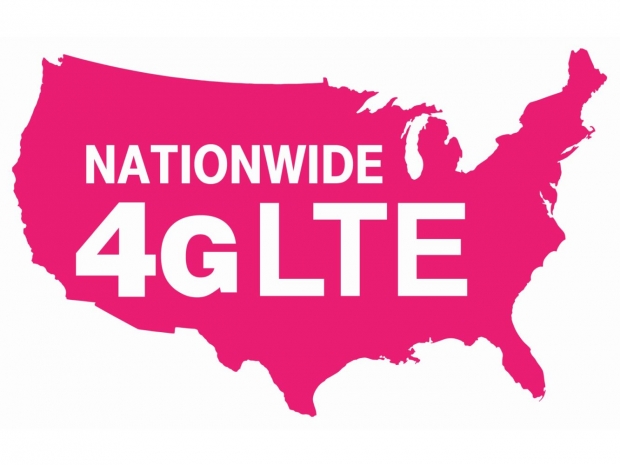The outfit's innovative and daring CEO John Legere gets a lot of media attention and the company is continuously growing with its Unlimited plans and good offers. The carrier just announced that it is spending almost $8 billion to acquire more than 1,500 wireless licenses that span across the United States.
The licenses mostly cover the 600 MHz spectrum for rural coverage. The lower the band, the further it can travel and can penetrate walls. Lower frequencies are the foundation of the good coverage and in carrier aggregation, carriers combine the lower and higher frequency bands for better speed.
A while ago, Verizon and AT&T made a big investment in the 700MHz range that share similar properties. Spending $8 billion to get 600 MHz bands proves a big commitment to the future in both 4G and 5G for T-Mobile.
The 600 MHz frequencies in the US are being used by TV broadcasters and it might take up to 2020 for them to free up these frequencies. This is why this can be seen as a long-term commitment as 600 MHz bands..
Currently, there is no modem that supports 600 MHz, at least not officially. The reason being is that there are no 600 MHz networks in the US.
Finland and France are the only two counties using the 700 MHz, and this only happened in February 2017 in Finland and September 2016 in France. We are sure that more carriers will go after these lower frequencies if they get free, but Europe is even more complicated as every of the 50 countries has its own bids for frequencies.
Verizon, AT&T and T-Mobile have been using 700 MHz since 2014, having a much bigger head-start compared to the old continent.
Qualcomm is working on 600 MHz support for its modems and based on our guess getting from 700 MHz to 600 MHz should not be that hard. The main question is if you will need to make an additional antenna for 600 MHz band or you can use the antenna that covers the 700 to 850 MHz bands.
Making the modern phone work on the 600 MHz band is a combination of a modem support as well as a proper antenna. Modern phones, including the Galaxy S7, S8 and the Sony Xperia XZ, support four antennas, this should not be that big of an issue in the years to come. We expect to see more and more phones having four antennas, starting with the high end and later getting to a mainstream and entry level market.
T-Mobile says that 8 billion bought it 45 percent of all spectrum sold. T-Mobile License LLC has acquired 1,525 licenses for $7,993,361,993. If you round it up, you end up at $7.993 Billion. AT&T Spectrum Holdings LLC acquired 23 licenses for $ 910,202,302.
ParkerB.com a company behind the Dish spend $6.2 Billion for 480 licenses, but it is not clear what the company wants to do with them.
CC Wireless Investment, LLC the company representing Comcast was the third biggest spender in the auction. It spent $1.7 billion for 73 licenses they announced plans for a wireless service recently. US Cellular acquired 188 licenses for $328 million while Verizon and Sprint chose not to bid.
Verizon probably has enough of 700 MHz spectrum but we are curious about the Sprint decision as the company needs to expand its network and 600 MHz spectrum is the step in the right direction.
The next big fight for the spectrum will be in the high frequencies you need for the 5G speeds but it looks like we are still a long way away from it.




